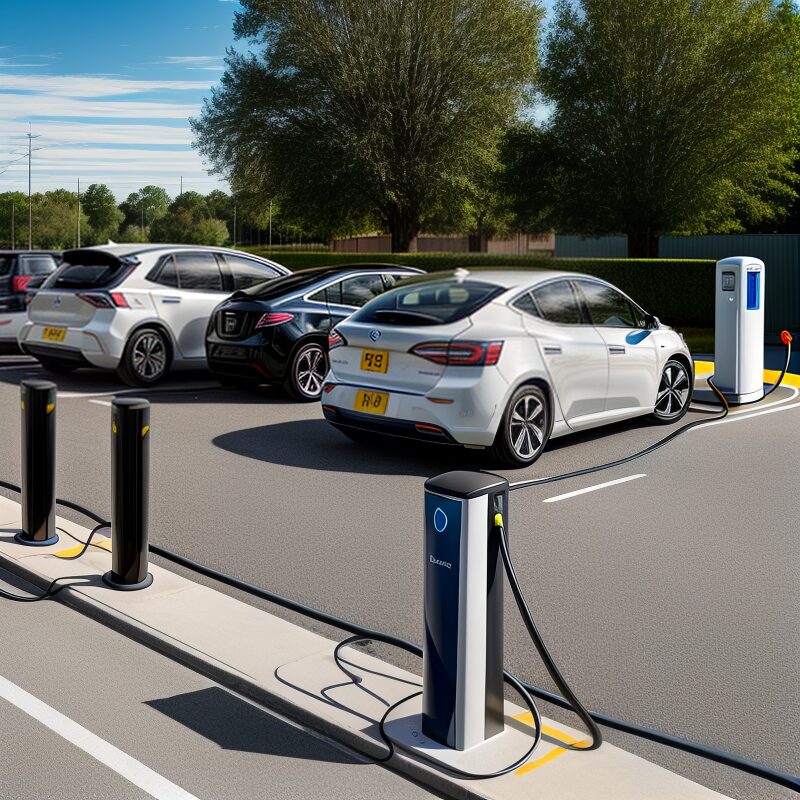Exploring the Future of Transportation
Hydrogen Fuel-Cell Vehicles: A Comprehensive Guide
Discover the potential of hydrogen fuel-cell vehicles, their mechanics, and how they compare to traditional electric vehicles.
Introduction
Understanding Hydrogen Fuel-Cell Vehicles
Hydrogen fuel-cell vehicles (HFCVs) offer a unique alternative to traditional electric vehicles (EVs). While both aim to reduce carbon emissions, HFCVs operate differently, presenting distinct advantages and challenges. These vehicles emit only water vapor, making them a zero-emission option. However, their limited infrastructure and the complexities of hydrogen production pose significant hurdles.
Available Hydrogen-Powered Models
Exploring the Current Hydrogen Vehicle Market
Since 2015, the U.S. market has seen the introduction of three primary hydrogen-powered vehicles: the Honda Clarity Fuel Cell, the Hyundai Nexo SUV, and the Toyota Mirai. Each of these models has contributed uniquely to the hydrogen vehicle landscape.
The Honda Clarity Fuel Cell was one of the pioneering models in the hydrogen vehicle sector. Despite its innovative technology, Honda discontinued the Clarity, reflecting the challenges faced by hydrogen vehicles in gaining widespread adoption.
The Hyundai Nexo SUV, introduced as a more versatile and spacious option, has seen limited sales with only about 1,600 units sold over six years. Toyota’s Mirai, on the other hand, has been the most successful, with around 14,300 units sold across two generations. Toyota’s commitment to hydrogen technology is evident in their continued efforts to promote the Mirai.
How Hydrogen Cars Operate
The Mechanics Behind Hydrogen Fuel-Cell Vehicles
Hydrogen fuel-cell vehicles (HFCVs) generate electricity through a chemical reaction between hydrogen and oxygen. This process occurs in the fuel-cell stack, where hydrogen molecules pass through a membrane and combine with oxygen from the air. The result is the production of electricity to power the vehicle’s motor, with water vapor as the only emission.
Unlike traditional battery-electric vehicles (BEVs), HFCVs do not rely on large batteries. Instead, they are classified as series hybrids or fuel-cell hybrid electric vehicles (FCHEVs). This classification highlights their unique operation, combining elements of both electric and hybrid vehicle technologies.
Refueling hydrogen cars is a quick and efficient process, similar to refueling conventional gasoline vehicles. Hydrogen refueling stations, though currently limited in number, offer refueling times of about five minutes, making HFCVs a convenient option for those seeking rapid refueling and extended driving ranges.
The Future of Hydrogen Vehicles
Hydrogen Cars and Sustainable Transportation
Discover the Future of Sustainable Transportation
Join us in exploring the exciting potential of hydrogen fuel-cell vehicles. Discover how these innovative vehicles can contribute to a sustainable future.

